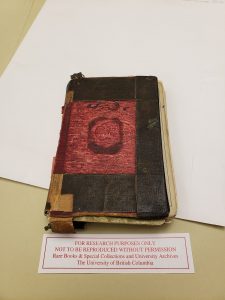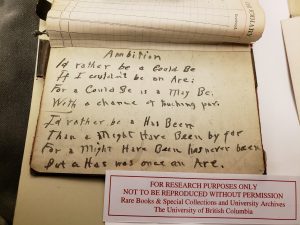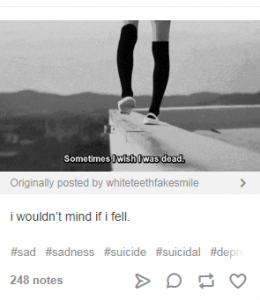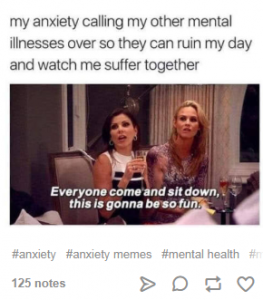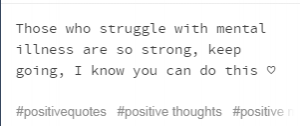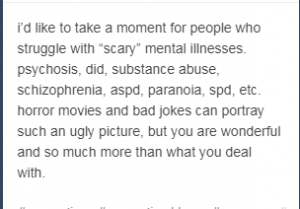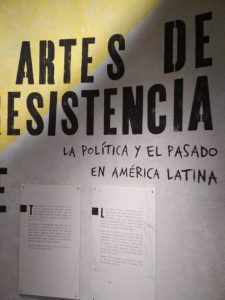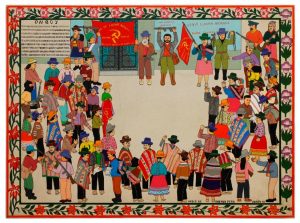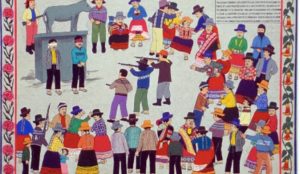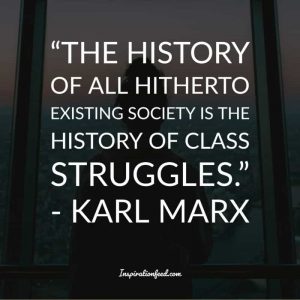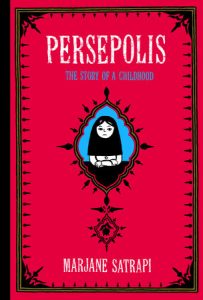Drawing on the work of Double, I will argue that this fifteen-minute video should be taken up in our Arts Studies Global Citizen stream due to the content that the author talks about mainly revolving around the authenticity of the stories told and the audiences perceiving the story. I think it is important in a literary discourse to take up the question as to whether the comic genre is a suitable way to portray life narratives and on what basis would we analyze that. It is important to know whether authenticity should be our utmost priority or is it to engage our audience in the conversation itself. In the end, I want to argue that the purpose of stand-up comedy is not to primarily deliver a life-narrative, it is to ensure that the story, real or not, is being delivered in a way where the audience is the utmost priority.
Starting his career when he was a teenager, Daniel Sloss is a renowned Scottish comedian having won awards, appeared on the famous American talk-show “Conan” several times, has two of his own Netflix originals and has performed a number of off-Broadway stand up shows. In his Ted Talk, “It’s Only a Story” Sloss talks about the ever so tendency of some minority of the audience to get offended at jokes that are based on a certain “incongruity” as Double would say (147). Sloss says it is their job as comedians to keep their audiences engaged and laughing and they do so by telling “real stories, exaggerated stories, stories that are completely and utterly made up. Total lies.” Double in his article calls this the “comic excess” (148). It is how a real story is presented using exaggerating details which would otherwise be a “violation of decency” (148). For example, Sloss says the reason he agreed to do the Ted Talk because his mom would otherwise put him up for adoption. “I’m 22 years old, I don’t know how she’d go about that but it’s best not to argue with her when she’s been drinking (laughter)” and as soon as he got his reaction from his audience he says “You see that? That was a perfect example, I made that entirely up.” This is how comedians take something absolutely inappropriate, tweak it according to the audience’s liking and turn it into a punch line (Double 147).
But is it ethically wrong to deliberately misinform your audiences and misrepresent the characters in a comedian’s story? To quote Double, “I employed various authenticating strategies to convince them (audience) that the experiences I described had actually happened – even when it had not happened in exactly the way I described.” Hence, the primary answer to that question is stand-up comedies are not platforms to present life narratives; it is a platform to present life narratives in the humour rhetoric. Secondly, stand-up comedies can be used to present a “traumatic personal experience” in an amusing way (Double, 143). Sloss says, “You seem to assume that comedians haven’t gone through any hardships when most of the time it’s a hardship that’s caused us to get into comedy. Our reaction to our hardships was to make light of the situation.”
Therefore, a storyteller should be able to tell their stories as they want because it is not only a piece created to deliver to the audience, it is also a personal coping mechanism and if using “comic excess” and “authenticating strategies” help to deliver the story in a more engaging way than the author should have full right to do so.
Hence, I feel this is a good form of text to study as it will help us to understand better the authenticity, responsibility and authority of the storyteller and his/her audience.
Work Cited
Double, Oliver. “Tragedy Plus Time: Transforming Life Experience into Stand-Up Comedy.” New Theatre Quarterly 33.2 (2017): 143-55.
“It’s only a story: Daniel Sloss at TedxEaling” Youtube, uploaded by TedxTalk, December 3, 2012, https://www.youtube.com/watch?v=8a-UUhW7-HU.

